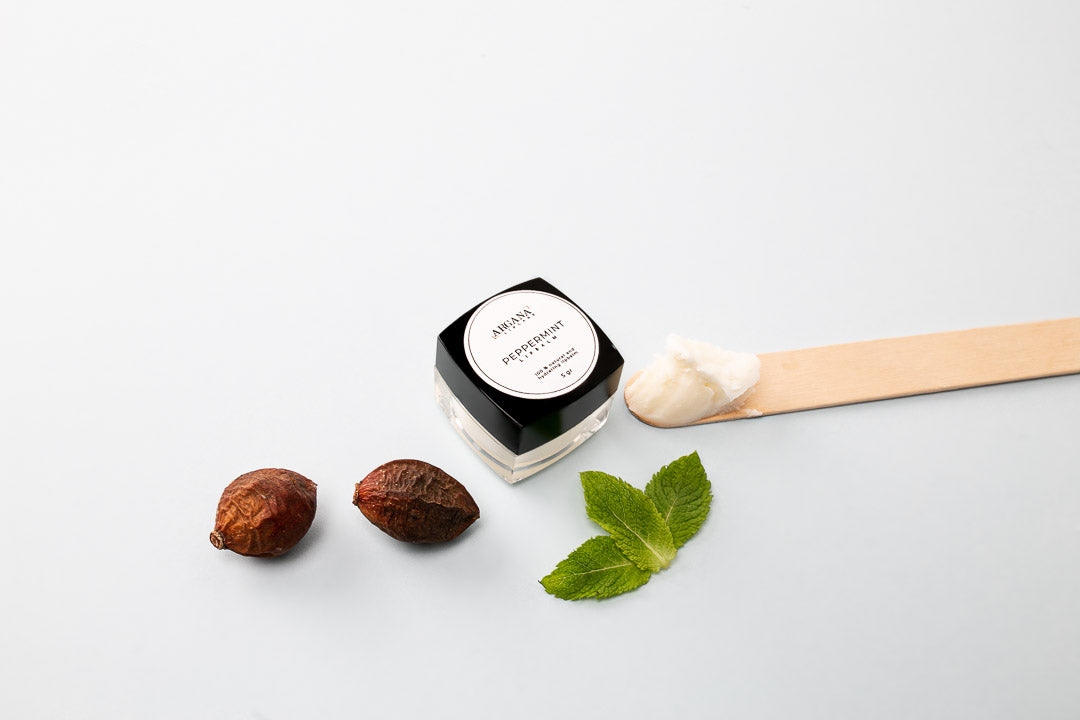
What exactly are AHA, BHA and PHA?
Share
Using acid in skin care is not a new invention. Already over 2,000 years ago, Cleopatra bathed in sour milk to get softer skin. By the way, lactic acid is one of the most common acids in skin care products for home use, and belongs to the group of AHA acids.
AHA is together with BHA and PHA different acids that are very effective skin care ingredients when it comes to exfoliating the skin. That is to say, help the skin to remove dead skin cells and instead make your skin smoother and get a fresh glow. These acids are also sought after when it comes to moisturizing the skin, it can also have a positive effect on pigment changes and acne.
Which acid suits you?
Choose the acid that suits you and your skin's needs to get the best results.
AHA – exfoliating glycolic acid and lactic acid
AHA is an abbreviation for Alpha Hydroxy Acid, and consists of several different types of acids. They are naturally occurring and extracted from sugar cane, milk or fruit. Glycolic acid and lactic acid are the most effective of the AHA acids. These two are also the most common acid ingredients in over-the-counter skin care products.
Glycolic acid is the smallest molecule of AHA acids, which also means that it can penetrate the skin very effectively. It can be produced naturally, from sugar cane, and synthetically. The acid's main properties are to remove dead skin cells, which in turn prevents dry and chapped skin, it can also reduce fine lines and wrinkles.
Lactic acid is produced from sour milk products and fermented fruits. It is milder than glycolic acid but still a very effective exfoliant. If you have unbalanced or oilier skin, lactic acid is preferable because it is balancing. But even dry skin benefits from the acid's properties, which promote the skin's ability to bind moisture. In addition, lactic acid is antibacterial and good for visible pores and acne as well as pigmentation caused by the sun.
BHA – cleansing and anti-inflammatory salicylic acid
BHA is short for Beta Hydroxy Acid and is another name for salicylic acid. The main difference between AHA and BHA is that the former is water soluble while beta hydroxy acid is oil soluble. In other words, BHA is very good when it comes to dissolving sebum, dirt and grease in the pores.
In addition, BHA has anti-inflammatory properties and therefore works well against acne and problem skin. It is also often used against uneven skin pigmentation caused by the sun.
PHA – mild acid for sensitive skin or daily use
PHA is an abbreviation for Poly Hydroxy Acid, also called gluconolactone, and contains larger molecules than the other mentioned acids. This means that it cannot penetrate the skin as quickly, reducing the risk of skin irritation. Gluconolactone is therefore a mild acid that is suitable for you with sensitive skin or if you want to use acids daily.
Just like the other acids, PHA also provides effective exfoliation, which gives the skin a fresh glow. It also helps balance the skin's moisture levels. Gluconolactone is also an antioxidant whose properties are to protect the skin against external stress and damage.
Important of sun protection
Acids increase the sensitivity of the skin, so it is especially important to use sunscreen (with at least SPF 30) when you are going to be outdoors. Use sunscreen both on the days you treated the skin with acid.
